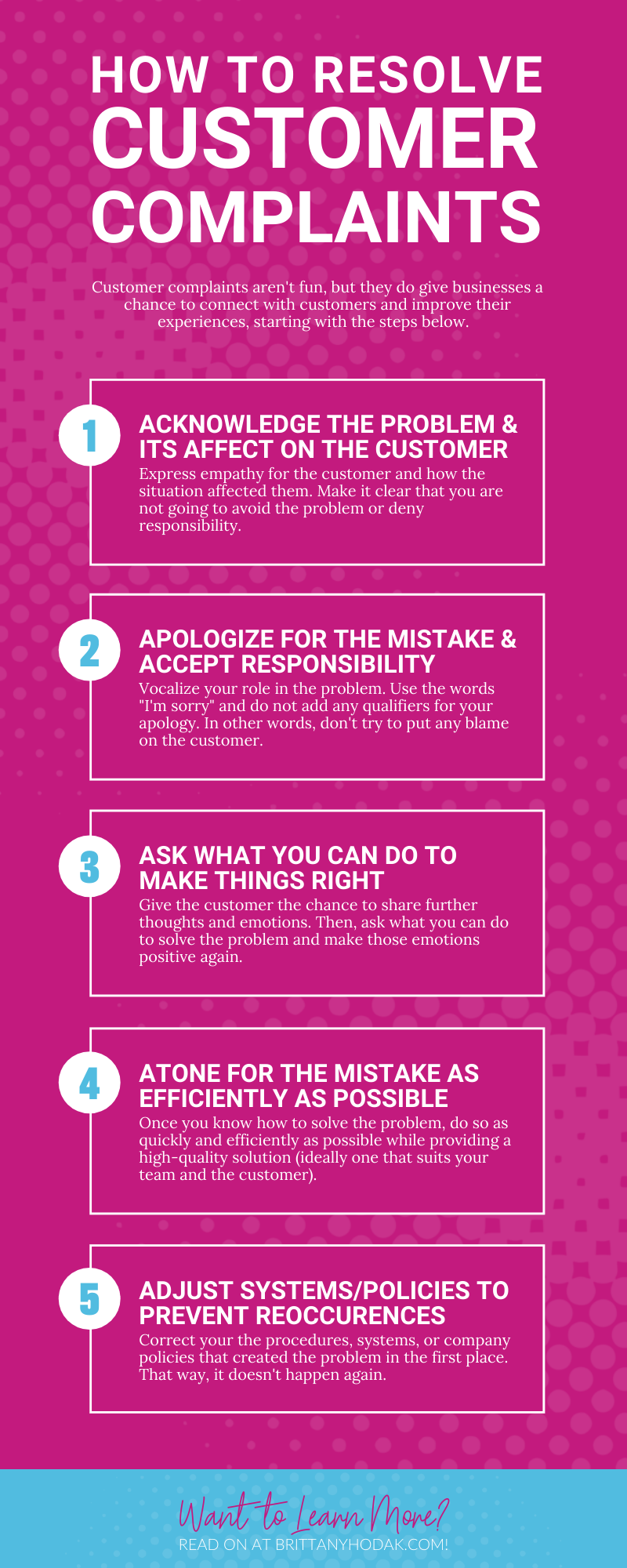How to Measure the Effectiveness of Your Complaint Resolution Process

Measuring the Effectiveness of Your Complaint Resolution Process: A Guide to Customer Satisfaction
In the age of empowered customers, effective complaint resolution is no longer a nice-to-have, it’s a necessity. A well-functioning process can turn a disgruntled customer into a loyal advocate, while a poorly managed one can drive them straight to the competition. But how do you know if your process is truly effective? The answer lies in measurement.
Beyond the Basics: Looking Beyond Complaint Volume
While the number of complaints received might seem like an obvious metric, it paints an incomplete picture. A low number could indicate a great customer experience, but it could also mean customers are simply choosing to go silent, potentially leaving you blind to potential issues.
Instead, focus on these key performance indicators (KPIs) to gain a more comprehensive understanding:
1. Resolution Time:
- How long does it take to resolve a complaint? Track the average time from the initial complaint to its resolution. Aim for industry-specific benchmarks or set internal targets.
- Analyze individual complaint types: Identify specific complaint categories that take longer to resolve and address the root cause.
2. Customer Satisfaction:
- Measure customer satisfaction with the resolution process: Use surveys, feedback forms, and Net Promoter Scores (NPS) to gauge customer sentiment.
- Focus on the ‘why’ behind the satisfaction: Identify reasons for dissatisfaction to understand what works well and what needs improvement.
3. First Contact Resolution:
- What percentage of complaints are resolved on the first contact? A high percentage indicates efficient handling and prevents escalation and frustration.
- Implement strategies to increase first contact resolution: Train staff, provide clear communication channels, and equip them with tools to resolve issues quickly.
4. Complaint Closure Rate:
- What percentage of complaints are closed successfully? Track this to understand if customers are satisfied with the outcome.
- Analyze closed complaints: Look for patterns and trends to identify recurring issues and address them proactively.
5. Complaint Escalation Rate:
- How often do complaints need to be escalated to a higher level? A high escalation rate indicates inefficiency and potential breakdowns in the process.
- Minimize escalation by empowering frontline staff: Equip them with the necessary tools and training to handle most complaints effectively.
6. Customer Retention:
- Track customer retention after experiencing a complaint. A high retention rate reflects successful complaint resolution leading to customer loyalty.
- Measure repeat purchases and positive reviews to assess the impact of complaint resolution on customer behavior.
Beyond the Numbers: The Importance of Qualitative Data
While quantitative data provides valuable insights, qualitative data can help you understand the “why” behind customer dissatisfaction.
- Collect customer feedback: Conduct open-ended surveys, gather comments from social media, and encourage direct communication with customers.
- Analyze complaint narratives: Identify common themes and emotions expressed by customers to gain a deeper understanding of their experiences.
- Use feedback to improve the process: Address concerns, modify procedures, and train staff based on customer insights.
Building a Culture of Customer-Centricity
Measuring complaint resolution effectiveness is not just about hitting targets. It’s about building a customer-centric culture where complaints are viewed as opportunities for improvement.
- Empower employees: Create a workplace where staff feel comfortable handling complaints and resolving issues efficiently.
- Promote transparency: Communicate with customers about the complaint resolution process and keep them informed about the progress.
- Embrace feedback: Encourage open communication and actively seek customer feedback to continuously enhance the process.
By prioritizing measurement and using the insights gathered, you can transform your complaint resolution process from a necessary evil into a powerful tool for building customer loyalty and driving business growth.

